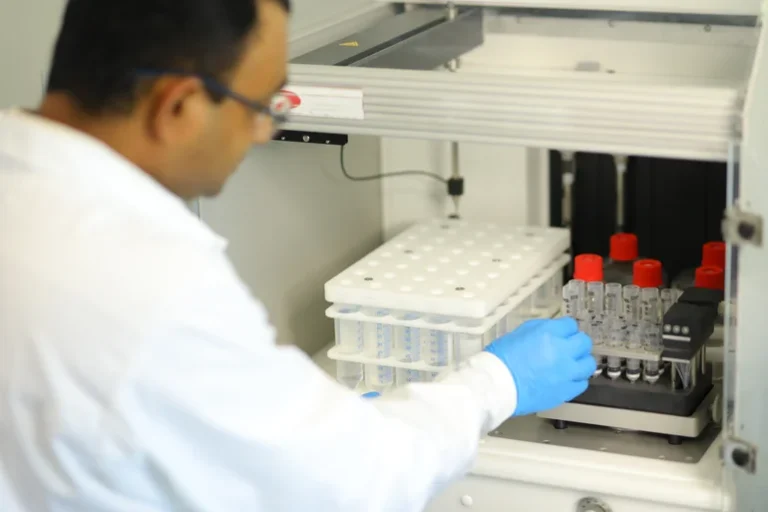The Ultimate Guide to Silicone Beads: Types, Sizes & Uses
Silicone beads offer an exciting world of possibilities for crafters and DIY enthusiasts. Known for their versatility, durability, and appealing designs, these beads can be used in various projects, from jewelry making to baby teething products. This guide aims to provide a comprehensive overview of the different types, sizes, and uses of silicone beads, helping you make informed decisions for your next craft project
What Are Silicone Beads?
Understanding the Material and Its Benefits
Silicone beads are made from food-grade silicone, a flexible, non-toxic, and BPA-free material highly favored in crafts. The benefits are endless: they are soft to the touch, hypoallergenic, and resistant to bacteria. These characteristics make silicone beads ideal for sensitive uses, such as baby toys and teething necklaces.
Why Silicone Beads Are Popular in DIY and Crafts
Silicone beads have become a staple in the DIY community thanks to their versatile nature. Crafters appreciate the ease with which these beads can be manipulated due to their soft texture. They come in an array of vibrant colors and shapes, allowing for creative liberty in projects. The durability of silicone beads also means that finished products can withstand everyday wear and tear, making them a popular choice.
Read more : Why Every Publisher Needs a Perfect Bound Spine Calculator
How Silicone Beads Compare to Other Bead Types
When comparing silicone beads to glass, plastic, or wooden beads, the differences are clear. Glass beads can break easily, plastic beads often lack tactile softness, and wooden beads may not be suitable for all skin types. Silicone beads offer a unique combination of flexibility, safety, and aesthetic appeal, making them a preferred choice for many crafters.
Types of Silicone Beads: A Comprehensive Breakdown
Soft vs. Hard Silicone Beads: What’s the Difference?
Understanding the distinction between soft and hard silicone beads is crucial. Soft silicone beads are squishy and pliable, making them perfect for teething toys and jewelry. Hard silicone beads, on the other hand, maintain their shape and are ideal for projects requiring more structure, such as home decor items and certain types of bracelets.
Popular Shapes and Designs for Crafting
Silicone beads come in various shapes, from simple rounds to intricate animals and geometric patterns. Popular designs include hexagons, hearts, stars, and even flowers. Such diversity allows for endless creativity. Choosing the right shape depends on your project’s theme and functional requirements. Round beads are versatile, while shaped beads add a distinct flair.
Custom Silicone Beads: Options and Advantages
For those looking for unique and personalized projects, custom silicone beads are the way to go. These bespoke options allow crafters to specify color, pattern, and shape, creating truly individualized pieces. Custom beads are especially beneficial for brand-specific projects or personal gifts, offering an exclusive design that off-the-shelf beads cannot match.
Sizes and Measurements of Silicone Beads: How to Choose the Right One
Small, Medium, and Large Silicone Beads Explained
Silicone beads come in various sizes, from tiny 7mm beads to larger 19mm options. Small beads are ideal for detailed work such as intricate jewelry designs, while medium-sized beads (12-15mm) are versatile, fitting numerous craft projects. Large beads make bold statements and work well for items like keychains and teething toys.
Each Size Is Suit for Different Crafting Projects
Choosing the right bead size impacts the functionality and aesthetic of your project. Small beads are excellent for dainty earrings and delicate necklaces. Medium beads are often used for bracelets and multi-strand necklaces. Large beads are best for substantial teething rings and statement jewelry, holding up well under tugging and chewing.
Measuring Silicone Beads for Precision in Design
Accurate measurement ensures that your final creation looks and functions as intended. Use a caliper for precise measurements, especially when working on intricate designs. Consistency in bead size is crucial for a professional finish, especially in jewelry making, where even slight size variations can disrupt the symmetry.
Common Uses for Silicone Beads in Crafts and Beyond
Using Silicone Beads for Jewelry Making
Silicone beads have revolutionized jewelry making, offering hypoallergenic, stylish options. They are perfect for assembling necklaces, bracelets, and earrings. The flexibility of silicone beads makes them comfortable to wear and versatile enough to be used in various design styles, from minimalist to elaborate.
Silicone Beads in Baby Teething Products
Parents and caregivers increasingly rely on silicone beads for baby teething toys due to their non-toxic properties. These beads are gentle on delicate gums, easy to clean, and resistant to bacterial growth. They can be used to make teething necklaces, rattles, and pacifier clips, providing safe relief for teething babies.
Creative DIY Projects with Silicone Beads
The possibilities with silicone beads extend beyond traditional jewelry and teething products. Create keychains, zipper pulls, and even home decor items like coasters and embellishments for photo frames. The vibrant colors and various shapes of silicone beads can bring any DIY project to life, offering a fun and safe crafting experience.
Conclusion
Silicone beads are a versatile and safe option for a multitude of crafting projects. Their unique properties, including flexibility, durability, and non-toxicity, make them suitable for everything from jewelry making to baby products. For those looking to purchase in larger quantities, buying silicone beads wholesale can be a great way to save on costs. By understanding the different types, sizes, and uses, you can make the best choices for your DIY endeavors. Embrace the endless creative possibilities that silicone beads offer and elevate your crafting projects to new heights.





